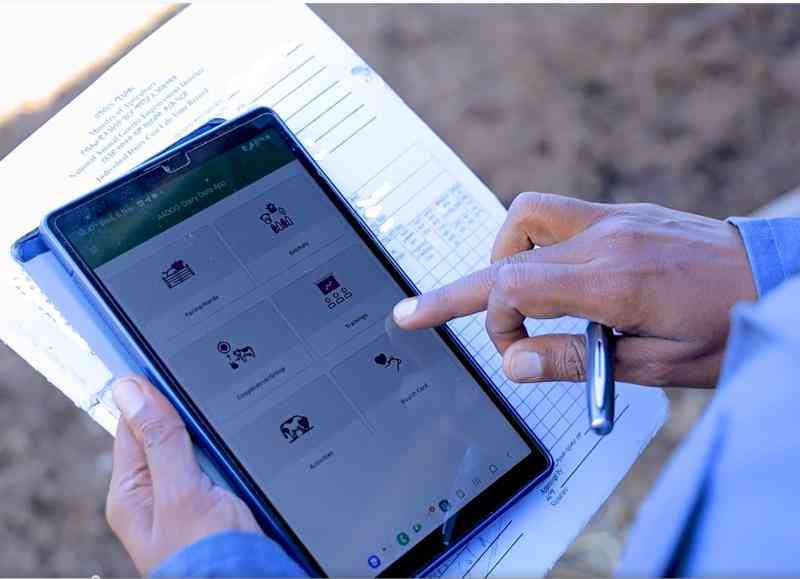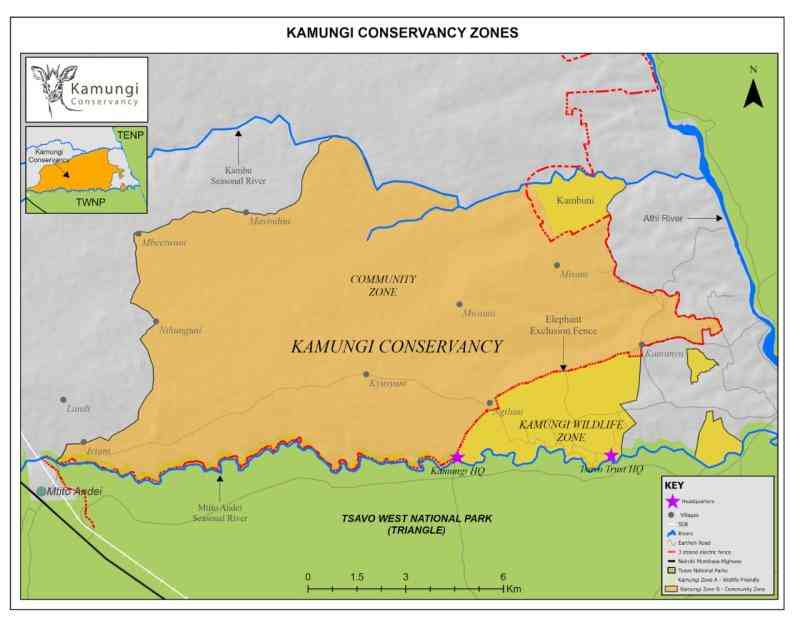There is high concern that food insecurity will increase in severity and scale in 2022 especially in pastoral and marginal agricultural areas of Eastern and Northern Kenya.
This has largely been attributed to failure of the October to December 2021 short rains, marking the third consecutive below average season across those areas.
This is according to a report released on December 20, 2021, by Famine Early Warning Systems Network (FEWS NET), funded by United States Agency for International Development (USAID), dubbed Kenya Food Security Alert.
“With the elevated likelihood of a fourth consecutive below-average season during the March to May 2022 long rains, there is high concern that food insecurity will increase in severity and scale in 2022, and FEWS NET expects three to four million people will be in need of humanitarian food assistance in Kenya,” the alert read.
While the distribution of food assistance, expansion of the Hunger Safety Net Programme (HSNP), and the delivery of water and livestock feed are helping to prevent more severe food insecurity, widespread crisis (IPC Phase 3) outcomes persist, with worst-affected households in Emergency (IPC Phase 4).
The alert says large-scale humanitarian assistance and livelihoods support are urgently required to cover current needs in northern and eastern Kenya, and assistance should be sustained throughout 2022.
According to the report, rainfall in October and November was less than 60 per cent of the 40-year average across much of northern and eastern Kenya, with some areas registering a significant delay to the start of season or no onset of rainfall at all.
“Increased rainfall in December has improved conditions, but deficits remain severe at 30 to 75 per cent of average,” the alert reads.
In marginal agricultural areas, the short rains season supports up to 65 per cent of annual crop production, which is a key source of food and income for poor households.
Given the extremely poor performance of the season, many households did not plant, and among those who did, most crops have wilted or failed to germinate.
The report added that late November and early December rainfall is likely occurring too late to adequately support late-season planting as the rains are forecast to cease before effective crop establishment. Production in these areas is expected to be significantly below average, marking the third consecutive poor season of production in marginal agricultural areas.
Already, there are plans underway for more significant assistance in the coming months, including an emergency relief cash transfer program through the Kenyan government, through which 360,696 households will receive Sh3,000 monthly, equivalent to 10 to 16 days of minimum kilocalorie needs for a family of six at current prices.
The government also signed an agreement with the Kenya Red Cross Society to purchase and slaughter more than 75,000 weak livestock and to distribute the meat as relief food to over 766,000 households.
Despite ongoing assistance, the report says needs far outpace ongoing and planned distributions. Furthermore, with a forecast of below average March to May 2022 rainfall, needs in 2022 are expected to increase.
“Household purchasing power will likely further deteriorate as agricultural labor opportunities remain low, the value of livestock declines, and staple food prices increase amid a fourth season of poor local production,” the report says.
Want to get latest farming tips and videos?
Join Us
 The Standard Group Plc is a multi-media organization
with investments in media platforms spanning newspaper print operations,
television, radio broadcasting, digital and online services. The Standard Group
is recognized as a leading multi-media house in Kenya with a key influence in
matters of national and international interest.
The Standard Group Plc is a multi-media organization
with investments in media platforms spanning newspaper print operations,
television, radio broadcasting, digital and online services. The Standard Group
is recognized as a leading multi-media house in Kenya with a key influence in
matters of national and international interest.
 The Standard Group Plc is a multi-media organization
with investments in media platforms spanning newspaper print operations,
television, radio broadcasting, digital and online services. The Standard Group
is recognized as a leading multi-media house in Kenya with a key influence in
matters of national and international interest.
The Standard Group Plc is a multi-media organization
with investments in media platforms spanning newspaper print operations,
television, radio broadcasting, digital and online services. The Standard Group
is recognized as a leading multi-media house in Kenya with a key influence in
matters of national and international interest.






